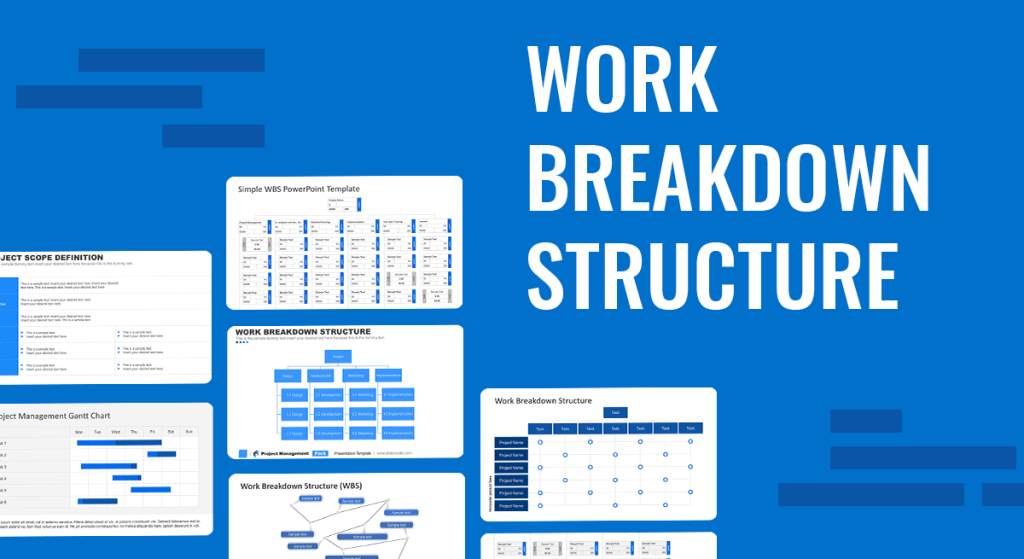Traditional Project Management also involves breaking down elements of the project into various deliverables and detailed tasks (Weinstein, 2009; Augustine and Woodcock, 2008). These tasks are then assigned to various team members to execute. As Fitsilis (2008) and Rodrigues & Bowers (1996) identify, the tasks are based on historical documentation of procedures or steps that have been applied to previous similar projects. These tasks are identified early in the project and allocated to team members to be responsible. In the assurance LoS, a database of tasks is maintained for various areas and industry of audit and other assurance projects. Every project involves a breakdown of various parts of the work into steps or tasks incorporated into a system-based client file known as “MyClient”. The tasks are assigned to various team members, as per their availability in RETAIN, including those who will review the particular step and mark off to ensure the task has been performed as required. CD confirms that in view of the intangibility of output of projects,
“MyClient file helps give a trace of how audit work was done and what informed the opinion reached, for example, on financial statements…It is evidence for future reference and regulators who would want to check on say quality of work at PwC”.
EF, then adds that team members have responsibility for areas assigned to them during planning.
In the Tax LoS of PwC, structured projects, which are also classified as simple may be said to follow the dictates of task breakdown and allocation. It must be noted that task, in this sense, does not refer to daily activities as in the case of assurance; they are more high-level. On these simple projects, team members are expected to have some experience dealing with similar issues. Therefore, as IJ, an interviewee in the Tax LoS, identifies
“…then most of the things that we do will not be a matter of written procedure but they will become a matter of practice. What do we do to be able to deliver on this project?”
IJ explains that instead of written procedures or tasks, areas of the work identified, for example income tax issues, are rather given to those with prior experience in that area to deal with it and report. In the report however, they are required to write the procedures they applied in coming up with the findings reported. Hence, the emphasis on work practices rather than upfront written tasks. Also, in the Tax LoS, the basis for the task allocation is historical knowledge from the team member rather than historical documentation of procedures. Notwithstanding, the laws and tax regulations give guidance to the team member, in terms of what to do and how to report.
Projects considered as ‘less complex’ under Advisory LoS also follow quite the same trend as structured projects under Tax. For these less complex projects, OP, from Advisory, describes it as “…an assignment that is done repeatedly so the issues that would be encountered are already known because the same team has done that for, say, 3 years”. OP’s statement implies that though tasks are not written down, there is a lot of reliance on team members who are expected to know the issues involved or procedures to follow in the project because of their past experience.
Another element of breaking down and allocating tasks, which is shared by Saladis and Kerzner (2009) and all the LoS of PwC-Ghana has to do with costing of projects. This happens usually at the proposal stage or pre-planning stages of the assignment. All the three LoS acknowledge that there is some level of breaking down tasks and assigning to team members in order to appropriately determine the time, skills mix, and cost of projects; usually for those that are lump sum.
Though the assurance LoS follows up on this task breakdown and execute the project accordingly, the others – Tax and Advisory only use the breakdown for project budgeting purposes. Though task breakdown and allocation is an integral part of projects under the Assurance LoS, Tax and Advisory uses it for costing projects and whilst they also rely on unwritten task breakdown based on experience of staff and work practices during implementation of structured projects.



Comments are closed